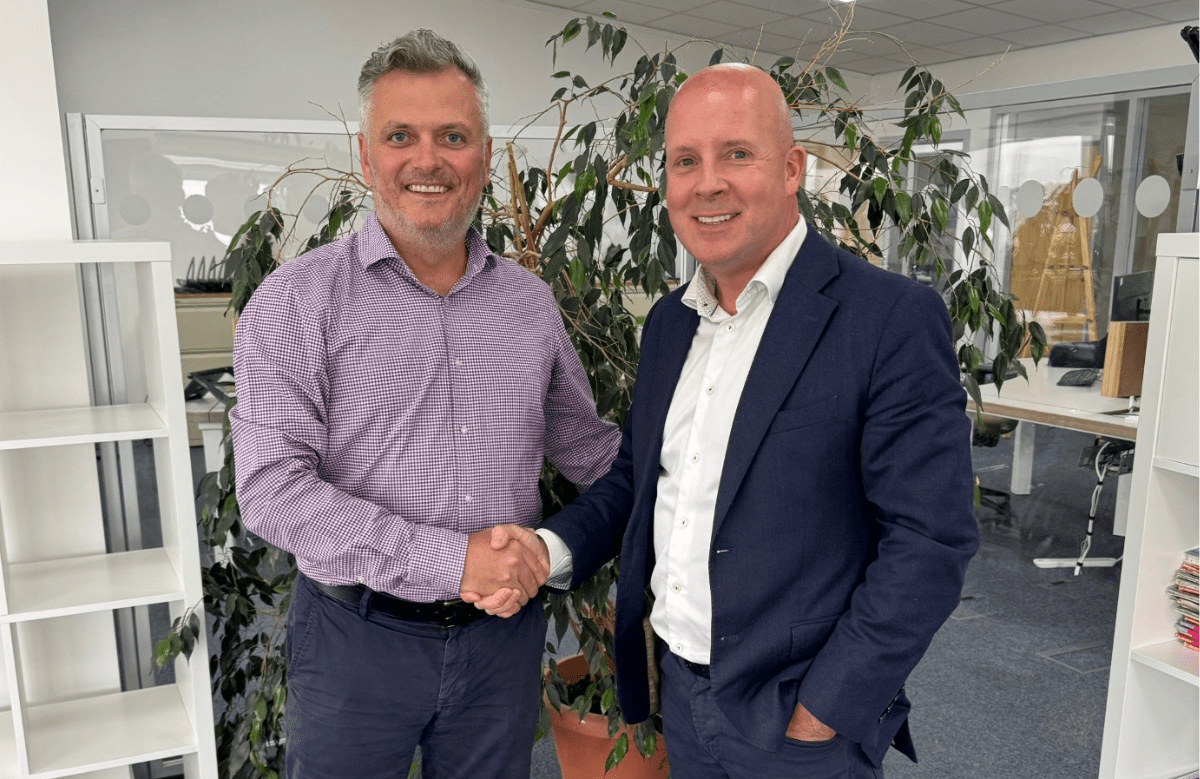The concept of circular economy is moving from theory into practice across tech and infrastructure sectors—and it’s moving fast. As organizations feel increasing pressure to cut waste and reduce their environmental footprint, companies with an eye on the future are creating innovative solutions that transform old-school liberal models into sustainable, closed-loop systems.
This shift isn’t just about environmental responsibility, though. In fact, it’s proving to be financially viable, operationally efficient, and increasingly necessary for industries looking to build long-term resilience.
Turning Waste into Infrastructure: The Railroad Tie Revolution
One company leading this transformation is
Consider the scale: each mile of railroad track requires approximately 3,000 ties, and North America has over 140,000 miles of track. That’s a massive resource demand. At a full production capacity of roughly 1 million ties a year, Evertrak’s solution sequesters 180 million pounds of plastic waste, diverting it from landfills while also reducing deforestation. In fact, their technology saves around 250,000 mature trees from being cut down each year.
But even beyond all that, Evertrak’s innovation is impressive because of its genuine commercial viability. The company’s ties are engineered to last up to 50 years—dramatically longer than the 8-12 year lifespan of traditional wood ties, especially under harsh weather conditions. This extended durability translates to significant long-term cost savings for railroad operators through fewer maintenance and replacement cycles.
In short? Evertrak’s found a way to ensure that sustainability just makes good business sense.
Digital Infrastructure’s Circular Transformation
Circular economy concepts extend to the digital world as well. Companies like
Object Edge focuses on creating streamlined digital solutions for their manufacturing clients, with a keen eye on reducing operational inefficiencies that ultimately waste resources. The company’s approach involves setting up robust digital experience platforms that optimize everything from supply chain management to customer engagement. For example, they transformed a luxury textile manufacturer’s outdated digital platform into a more agile system that drastically reduced resource consumption. The solution improved user experience and system uptime while delivering significant monthly savings in platform operating costs.
In another case, Object Edge designed, implemented, and launched an integrated Salesforce Cloud solution for a billion-dollar global manufacturer in less than four months, boosting customer satisfaction and overall performance. This modernization enabled more efficient resource allocation and reduced waste throughout the company’s business processes.
Automation with a Circular Vision
Rounding out the circular economy loop is
Lab0’s aptly named “Supply Chain Zero” vision aims to eliminate logistical bottlenecks that waste resources, time, and energy. Their RoboGlide system provides AI-powered robotic automation for inbound operations—handling (pun intended) everything from container unloading to product scanning, damage detection, sorting, and palletization.
Because traditional automation solutions typically address fragments of operational challenges, they create siloed efficiencies rather than holistic improvements. Lab0’s approach circumvents this issue, delivering comprehensive system solutions that solve end-to-end logistics problems while dramatically reducing waste throughout the process.
Lab0’s is also what you’d call “simulation-first” (sometimes called “sim-to-reality”), which further reinforces circular principles. By creating and testing solutions in “digital twin” environments—that is to say: virtually—before fully building physical systems, they minimize resource consumption during development while ensuring optimal performance once they’re deployed.
From Concept to Competitive Advantage
What ties these diverse applications together—from railroad ties to digital platforms to warehouse robots—is a massive shift in how businesses think about resource use. Instead of the old “take-make-dispose” model, companies like these are building circular systems that extend product lifespans, eliminate waste, and support the replenishing of natural resources in one way or another.
The emergence of these real-world applications shows that circular economy principles are moving beyond sustainability departments and into core business strategies. Companies embracing these approaches are discovering competitive edges through better operational efficiency, lower resource costs, and stronger brand value.
As circular economy principles continue to reshape tech infrastructure, several trends are emerging that will likely speed up adoption:
-
Regulatory pressures are intensifying, with governments worldwide implementing stricter environmental standards that favor circular solutions.
-
Integration of digital and physical systems is becoming more seamless, allowing for more comprehensive circular solutions that address entire value chains rather than isolated processes.
-
Advanced technologies like AI, machine learning, and robotics are boosting the effectiveness of circular systems by optimizing resource use and identifying new opportunities for waste reduction.
The evolution from linear to circular models in tech infrastructure is more than an environmental initiative—it’s a fundamental reimagining of how businesses create value. By designing systems that eliminate waste and extend product lifecycles, companies are reducing their environmental footprint while building more resilient, efficient, and competitive operations for the future.
**While its impact in manufacturing is becoming increasingly obvious, circular innovation is delivering clear and encouraging results across industries. In a world of finite resources and growing environmental challenges, this kind of innovation represents what might shape up to be one of the most promising paths to long-term business success.












